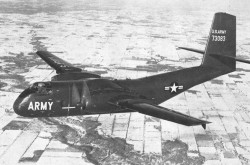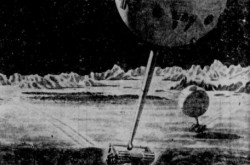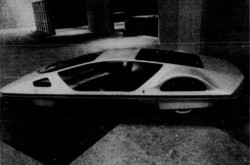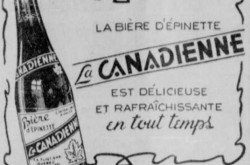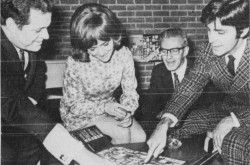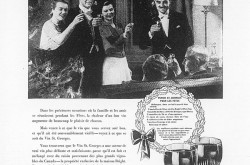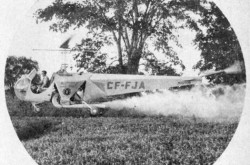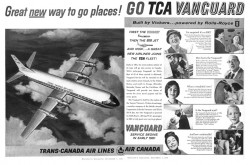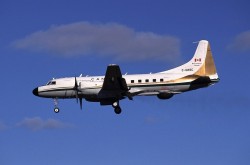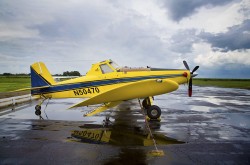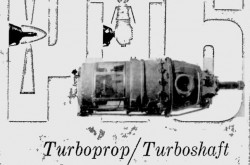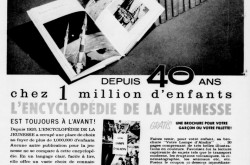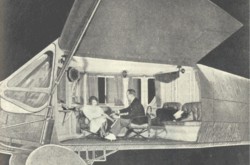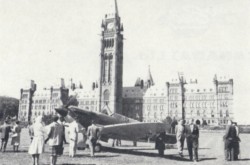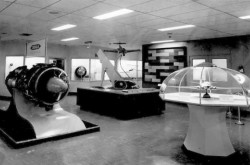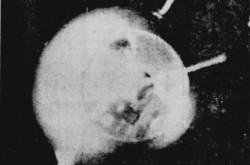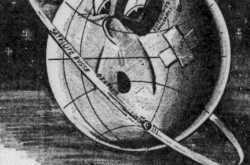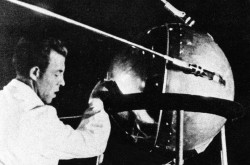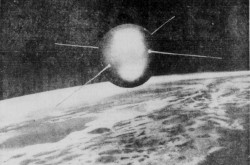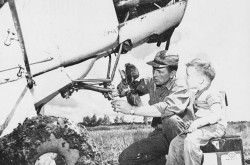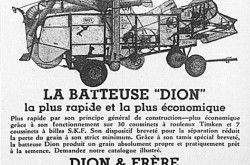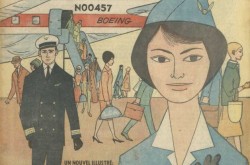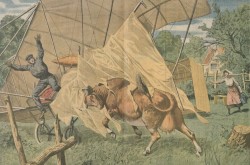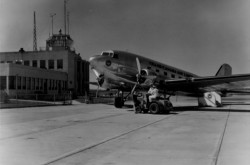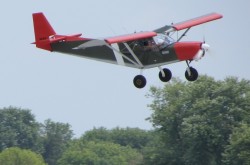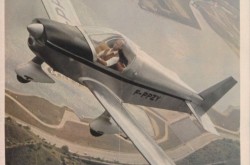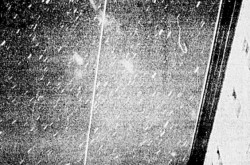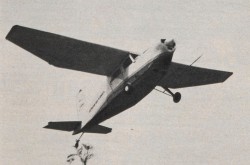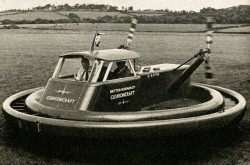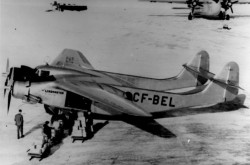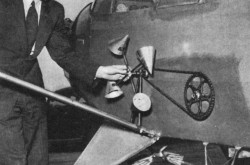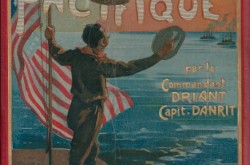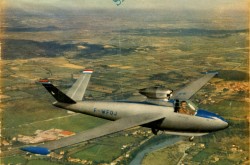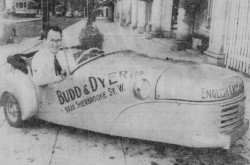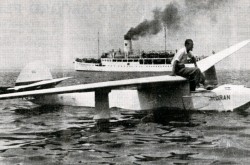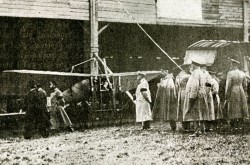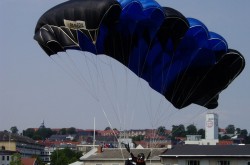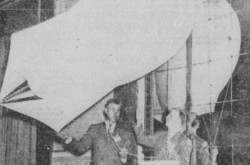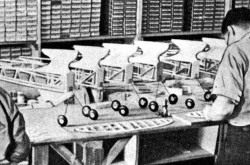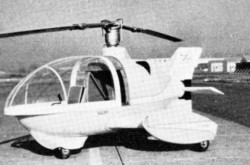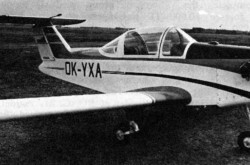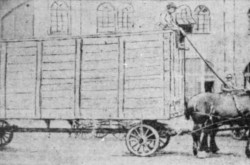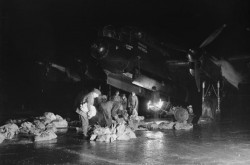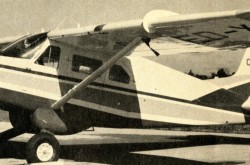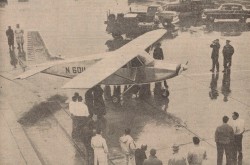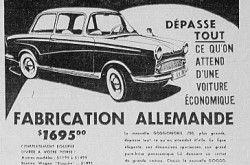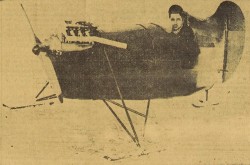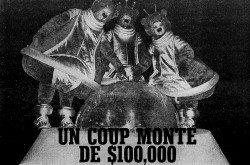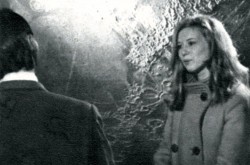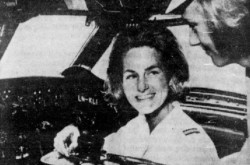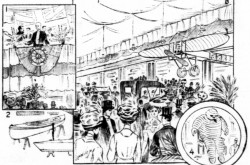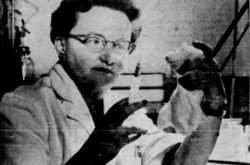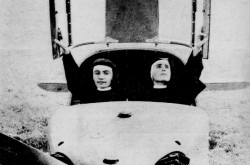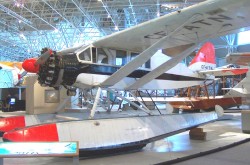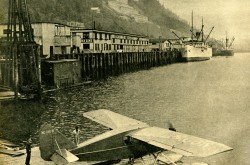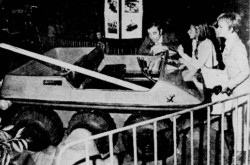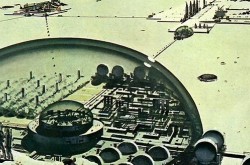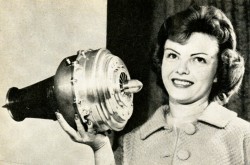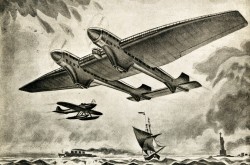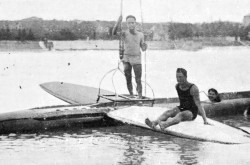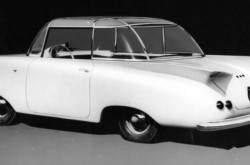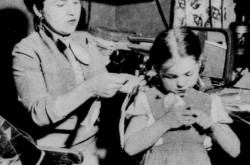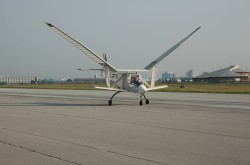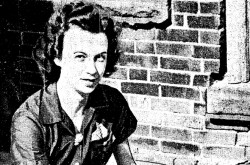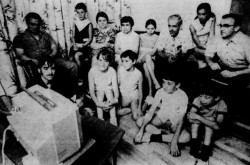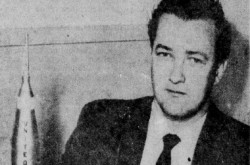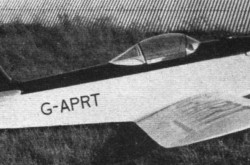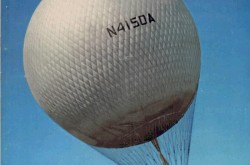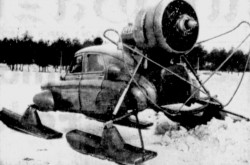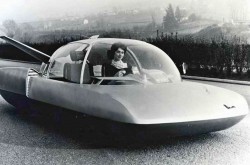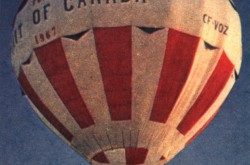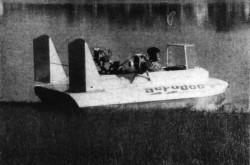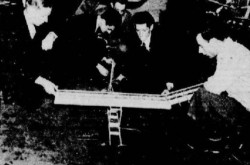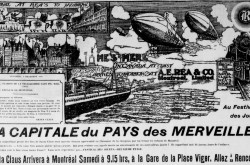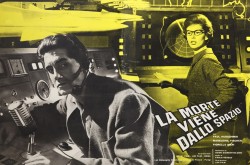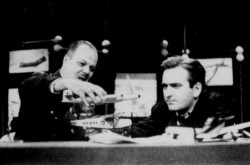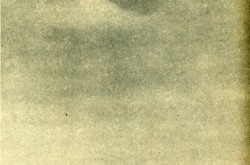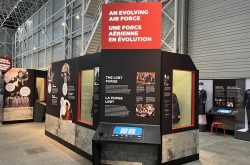It was born a rambling plane, trying to make a living and doing the best it could: The fascinating story of the Reid / Curtiss-Reid Rambler, Canada’s first light / private plane, part 2

Hello, my reading friend fascinated by aerial matters and, in this case, the fascinating story of the first light / private plane designed in Canada, the Reid Rambler. So, let us begin the second part of our presentation without any more twaddle.
Wilfrid Thomas Reid, founding president of Reid Aircraft Limited of Montréal, Québec, (office) and Cartierville, Québec (workshop), began the design of the Rambler, an all-new two-seat training aircraft, even before the end of the winter of 1927-28. It should be noted that the prototype of that sesquiplane was built in the greatest secrecy. No representative of the press obtained permission to enter the hangar / workshop where it was gradually taking shape.
Said prototype was… Uh, you seem a tad perplexed, my reading friend. Do you have a question? What was / is a sesquiplane? Ahh... A sesquiplane was / is an aircraft similar to a biplane, one of whose wings, the lower one pretty much exclusively, was / is about half the size of the other, but let us resume the course of our flight.
Said prototype was a tad unusual for the time. You see, the structure of its fuselage and wings was entirely metallic: steel for the fuselage and aluminum alloy for the wings. The covering of said wings and fuselage, in fabric, was thoroughly conventional, however.
Another unusual aspect of the Rambler was the presence of some interchangeable structural elements which could be used on both its left and right sides.
It should also be noted that the wings of the aircraft designed by Reid were foldable in less than a minute. The space it occupied in a hangar was therefore very limited, which was a significant advantage for a flying club which was not rolling in gold. Few, if any of them were, actually.
A brief digression if I may. Reid was not related to Percival Hall “Percy” Reid, a Québec / Canadian aviation pioneer mentioned in an October 2022 issue of our encyclopedic blog / bulletin / thingee, a pioneer who often flew from… Cartierville. Ours is a small world, is it not?
In any event, the future of Reid Aircraft looked bright. Management claimed to have no less than 60 orders in hand even before the end of June 1928. It planned to produce 1, 2, or even 3 aircraft per week before long.
Better yet, Reid and his small team were then preparing the plans for a larger aircraft. That biplane capable of carrying 6 people, the Reid Lark, was to make its first flight around December 1928. Yours truly has the impression that this aircraft was a bush plane, but I obviously have no proof. Indeed, that project did not proceed beyond the drafting table stage.
Aware of the importance of advertising, Reid Aircraft participated in the first aeronautical exhibition held in Montréal, from 7 to 15 July 1928, at the Craig Street Drill Shed. As you may imagine, Canadian aircraft manufacturers such as de Havilland Aircraft of Canada Limited of Downsview, Ontario, and Canadian Vickers Limited of Montréal were also in on the fun, as was the Royal Canadian Air Force (RCAF) actually.
Incidentally, that aeronautical exhibition was sponsored by the Montreal Light Aeroplane Club Incorporated, a flying club mentioned several times in our amaaazing blog / bulletin / thingee since January 2018.
The prototype of the Rambler not being ready yet, the management of Reid Aircraft put on display a Sopwith F.1 Camel, a British fighter plane widely used during the First World War. The aircraft in question was in all likelihood a machine shipped to the United States in 1918 for use by pilots associated with the British Aviation Mission headquartered in Washington, District of Columbia. It came to Canada at some point, presumably in the early 1920s. The RCAF presumably used it as an instructional airframe. Reid Aircraft might, I repeat might, have borrowed that Camel in order to have something on display at the aeronautical exhibition. Presumably.
This being said (typed?), I would be remiss if I did not tell you that a Sopwith 2F.1 Ship Camel was / is part of the unforgettable collection of the Canada Aviation and Space Museum, in Ottawa, Ontario.
The Rambler made its first flight in September 1928, in Cartierville. A blockage of the ailerons placed its pilot in a perilous situation as soon as he left the ground. Martin J. Berlyn managed to complete a circuit around the runway and land safely, however. He was not a happy camper but only pointed out the problem to Reid when no one else was around. The Rambler’s control system was obviously immediately modified.

The prototype of the Reid Rambler and some of the people watching its first public flight, Cartierville, Québec, September 1928. Left to right, Charles Barclay DeTollie Drummond, William Wilkes Schuyler Lighthall, Camillien Houde and his spouse, Georgiana / Georgette Houde, née Falardeau, Wilfrid Thomas Reid and his spouse, Grace Reid, born Lotan, Thomas Charles Lamb, Martin J. Berlyn and Ernest Frederick Woodham Peacock. Anon., “Un nouvel ‘oiseau’ mécanique à Cartierville.” La Presse, 1 October 1928, 3.
The unveiling of the Rambler, less than a week after the first flight, in late September 1928, in Cartierville, was a hallmark event which included an official luncheon attended by the Mayor of Montréal, Camillien Houde. Said lunch took place at the Mount Royal Hotel in Montréal, a very posh establishment which belonged to an American firm.
The several hundred people present at Cartierville Airport cheered when Reid’s spouse, Grace Reid, born Lotan, smashed a bottle of champagne on the hub of the Rambler’s propeller, I think. That lady then made a brief flight with Berlyn. Several other people did the same afterwards.
Having devoured with passion the first part of this article of our blog / bulletin / thingee, my reading friend, you know who Charles Barclay “Boochus” DeTollie Drummond, William Wilkes Schuyler “Billy” Lighthall and Ernest Frederick Woodham “Ted” Peacock were. This being said (typed?), Berlyn was an English-born engineer and assistant to Reid who had worked with him at Canadian Vickers – and had joined him at Reid Aircraft. Quebecer Thomas Charles “Tom” Lamb, on the other hand, was a member of the board of directors of Reid Aircraft, but back to the main thread of our story.
The future of Reid Aircraft still looked bright. The firm initially planned to produce 2 Ramblers per week. Once the expansion of its workshops was complete, the firm would be able to produce 7 aircraft per week.
Interested in the metal structure of the Rambler and, even more so, anxious to acquire a foothold in Canada in order to circumvent the tariffs imposed on non-British aircraft imported into the country, the American aeronautical giant Curtiss Aeroplane & Motor Company Incorporated took control of Reid Aircraft in late 1928. Curtiss-Reid Aircraft Company Limited was founded in December.
And yes, Curtiss Aeroplane & Motor has indeed been mentioned several times in our brilliant blog / bulletin / thingee since April 2018.
Incidentally, the board of directors of Curtiss-Reid Aircraft included some representatives of its American parent company, including the Canadian American Clement Melville Keys, the president of said parent company.
Rumours concerning a merger of Curtiss-Reid Aircraft with Canadian Vickers began to circulate a few days after the takeover of the Québec firm. They were immediately denied by one of the members of the board of directors of the latter firm, Victor Montague Drury.
In January 1929, the management of Curtiss-Reid Aircraft announced the signing of a contract for a few Ramblers with an unidentified country in South America. That country might have been Argentina. In the end, one and only one aircraft arrived in that country. This being said (typed?), the firm’s future still looked bright. It hoped to produce around 300 Ramblers a year before too, too long.
By that time, however, the de Havilland Moth was well established in Canadian flying clubs. Worse yet, some technical problems delayed Rambler deliveries until the Great Depression began to hit hard.
Plans to sell aircraft abroad (United States and South America) did not materialise. Even the RCAF provided only limited support to Curtiss-Reid Aircraft. Deeming superior the aforementioned Moth and the Fleet Fawn, an American machine manufactured under license in Ontario, the Department of National Defence ordered only 8 of the 43 Ramblers manufactured between 1928 and 1936 (?). Two of those aircraft were put on the books in October 1929. The 6 others were so put in March and April 1930. Four of those 8 machines were actually transferred to flying clubs in 1933-34.
One wonders if the loss of 3 military Ramblers in accidents between May and August 1930 dampened the RCAF’s interest in that machine even further. Indeed, 10 or so Ramblers were destroyed in accidents which occurred between January 1930 and August 1931, a somewhat high total one must admit, even though the Rambler was an aircraft used for initial pilot training. Anyway, let us move on.
And yes, most Ramblers, nearly 30 or so in fact, were delivered brand new to Canadian flying clubs, flying schools or private pilots. It was aboard one of the machines operated by Curtiss-Reid Flying School (Limited?) of Cartierville that the greatest Canadian fighter pilot of the Second World War, the Montrealer / Verduner George Frederick “Buzz / Buzzy / Screwball” Beurling took his first flying lessons in the 1930s.
The same went for the founding curator of the National Aviation Museum, today’s Canada Aviation and Space Museum, the late Kenneth Meredith “Ken” Molson, a gentleman mentioned many times in our blog / bulletin / thingee since July 2018.

A young Kenneth Meredith Molson performing his first solo flight aboard a Curtiss-Reid Rambler operated by Curtiss-Reid Flying School (Limited?) of Cartierville, Québec, near Cartierville, summer of 1934. CASM, 2008.0109.
By the way, Beurling was mentioned in an April 2022 issue of our very excellent you know what.
Before I forget, his first instructor appeared to have been one of the few francophone pilots from Québec who had served in the Royal Flying Corps of the British Army and the Royal Air Force (RAF) during the First World War. Édouard Octave “Fizz” Champagne joined the staff of Curtiss-Reid Flying School around November 1934 when the latter absorbed Montreal Flying School Registered of Cartierville, the only bilingual flying school in North America.
And no, the stunning Canada Aviation and Space Museum does not have a Fawn. Its world-class collection does, however, include a Fleet Finch, a very similar machine.
By the way, Geoffrey Ronald Beck, the English-born chief instructor of Curtiss-Reid Flying Service Limited of Cartierville, a flying service controlled by Curtiss Aeroplane & Motor or one of its subsidiaries, was at the controls of one of the Ramblers which flew from Cartierville to RCAF Station Camp Borden, Ontario, in March 1930, for their delivery flight.
That First World War veteran had a letter from the aforementioned Houde in his pocket, which he delivered en route to the mayor of Toronto, Bert Sterling Wemp. The latter, a journalist recycled in politicking, was a former bomber pilot of the Royal Naval Air Service (RNAS) of the Royal Navy and the RAF who had served during the First World War.
And yes, there were indeed a lot of First World War veterans in Canada’s aviation community during the 1920s and 1930s.
You will no doubt be delighted to see (read?) that the Department of National Defence gave its approval to the flight undertaken in January 1930 at Saint-Hubert Airport by Flight Lieutenant Neill Charles Ogilvie-Forbes of the Royal Air Force and his navigator, an employee of Curtiss-Reid Aircraft, Englishman Carlos Gerald Hugh Edward Lumsden. The Rambler piloted by the Scottish officer landed in Ciudad de México, Mexico, at the very end of the month. And yes, that was the first flight between Canada and Mexico to be made by an aircraft bearing a Canadian registration.
That flight was altogether uneventful, with the exception of an emergency landing caused by a lack of fuel several tens of kilometres (a few tens of miles) north of Ciudad de México. Armed villagers on horseback soon surrounded the aircraft. Convinced as they were that Mexico was composed of nothing but bandidos, revolucións and revólvers, Ogilvie-Forbes and Lumsden feared for their lives.
The word gasoline / gasolina uttered by those two unilingual anglophones had an immediate effect, which was not surprising when you get down to it. One of the villagers offered his horse to Ogilvie-Forbes who rushed towards the village, presumably with at least one guide. He came back with poor quality gasoline. Thanking their hosts / saviours, I hope, Ogilvie-Forbes and Lumsden soon took off and safely reached Ciudad de México.
Ogilvie-Forbes and Lumsden touched down in Cartierville around mid-February after an uneventful return flight, and after completing a journey of approximately 12 000 kilometres (approximately 7 500 miles) – undoubtedly the longest journey ever made by a Rambler.
The president of Curtiss-Reid Aircraft obviously congratulated the two airmen. That person was none other than John Alexander Douglas McCurdy, a gentleman mentioned many times since September 2017 in our incomparable and unforgettable blog / bulletin / thingee. A gentleman who, in February 1909, had made the first sustained and controlled flight of a motorised aeroplane on Canadian soil.
McCurdy was no longer in such a good mood when the summer of 1930 came, however. The lack of orders forced him to lay off more than half, then more than three-quarters of the staff at Curtiss-Reid Aircraft.
Towards the end of May 1931, a Rambler piloted by John Doxey “Parky” Parkinson reached an altitude of about 6 700 metres (about 22 000 feet) with much difficulty. The ink of the barograph placed on board to confirm the altitude reached having frozen at around 5 500 metres (about 18 000 feet), that Curtiss-Reid Aircraft test pilot of English origin who had served in the RNAS and RAF during the First World War did not know precisely what altitude he had reached. As a result, the Canadian altitude record set that day could not be officialised.
The improved and more powerful Rambler piloted by Parkinson originated from a suggestion made by a respected employee of Curtiss-Reid Aircraft, Québec pilot and mechanic Irénée “Pete” Vachon, one of the 4 famous Vachon brothers who played a very important role in the history of aviation in Canada. (Hello, AT!)
Curtiss-Reid Aircraft intended to take advantage of the performance of that Rambler in a prestigious competition, the King’s Cup Race, created in 1922 by King George V to encourage the development of better light / private planes. The 1931 race was to be held towards the end of July. It should be noted that said competition was only open to British subjects flying British aircraft.
And yes, Canadiens were British subjects at the time and… What is it, my reading friend? You were puzzled by my statement regarding the absence of a Canadian citizenship in 1931? Well, that was the sad truth. The Canadian Citizenship Act became a thing only in January 1947. The New Zealand, Australian and British counterparts of that act acquired force of law in 1948.

John Clarence Webster, Junior, with the Curtiss-Reid Rambler he piloted during the 1931 edition of the King’s Cup Race, Saint-Hubert Airport, Saint-Hubert, Québec. CASM, 1371.
Curtiss-Reid Aircraft and the pilot to be entered in the competition, John Clarence “Johnny” Webster, Junior, a member of the board of directors of the Montreal Light Aeroplane Club, completed, it was said, the registration procedures at the very last minute. The “it was said” in question might be appropriate here. Indeed, Webster and his team seemingly had all the time they needed. Mind you, obtaining the certificate of airworthiness without which no admission could be accepted might have delayed things.
And yes, you are absolutely right, my aerophile reading friend. Said certificate was granted by the Civil Aviation Branch of the Department of National Defence.
The founding editor of the famous British weekly The Aeroplane, Charles Gray “C.G.” Grey, did not react with delirious enthusiasm to that first registration in the King’s Cup Race of an aircraft which did not carry a 100% British registration. Would you believe that this contradictory individual who could be both supremely generous and supremely offensive expressed the hope that Webster’s Rambler would be carefully scrutinised to ensure it was made of British materials down to the last nut and bolt? Anyway, let us move on.
Do I also need to remind you, my reading friend, that George V, born George Frederick Ernest Albert of house Saxe-Coburg and Gotha, was mentioned in December 2018, October 2021 and August 2023 issues of our stunning blog / bulletin / thingee? That is what I thought. But back to our story.

The Curtiss-Reid Rambler piloted by John Clarence Webster, Junior, during the 1931 edition of the King’s Cup Race, England, July 1931. The de Havilland Moth banking away to avoid a collision was piloted by an English aviator, Charles Frederick Howard Gough. CASM, 1967.0898.
By the way, the painting you just saw was the work of the late Robert William “Bob” Bradford, a gentleman among gentlemen, one of the great Canadian aviation artists of the 20th century and a former director of the National Aviation Museum, today’s Canada Aviation and Space Museum. Mr. Bradford died in May 2023, at the age of 99. He will be greatly missed.
And yes, the painting which showed a young Kenneth Meredith Molson performing his first solo flight aboard a Rambler was also the work of Mr. Bradford. Thank you for reminding me.
Yours truly would be delighted to tell you that Webster won the 1931 King’s Cup Race, a grueling handicap competition of around 1 580 kilometres (approximately 980 miles) held in very bad weather. That was unfortunately not the case. The young private pilot from Montréal, well known in the Canadian aviation community, finished in 13th place, a performance worthy of mention considering that half of the 42 registered aircraft did not cross the finish line. Moreover, Webster was completely unfamiliar with the regions he flew over.
Webster quickly returned home. He intended to participate in the activities surrounding the passage, in the Montréal region, in August, of the aircraft participating in the Trans-Canada Air Pageant, the most important aeronautical activity taking place in Canada during the interwar period.
Please note that what follows is deeply sad.
Webster died in August 1931, in Saint-Hubert, Québec, following the crash of a Montreal Light Aeroplane Club Rambler, while he was practicing aerobatic maneuvers just days before the arrival of the aircraft of the pageant. He was barely 30 years old.
Devastated by the death of his son, John Clarence Webster, Senior, launched the John C. Webster Memorial Trophy Competition. The Webster Trophy was / is awarded annually (1932-39 + 1947-54 + 1980-2019 + 2022---) to the top Canadian amateur / private pilot. The famous Canadian sculptor Robert Tait MacKenzie imagined for that trophy a bronze figure of the Greek mythological character Íkaros / Icarus representing youth and flight.
The Webster Trophy was / is on display at the stunning Canada Aviation and Space Museum, but again back to our story.
Would you believe that the version of the Rambler launched through the aircraft flown by Parkinson and Webster could be delivered as a parasol wing monoplane? I kid you not. The tests carried out during the summer and autumn of 1931 demonstrating no noticeable performance improvement, that version was not produced.
As the weeks of summer and fall 1931 ticked by, the economic situation in Canada and the rest of the Western world worsened. The Great Depression was hitting harder and harder. The economic situation of Curtiss-Reid Aircraft also worsened considerably.
Hoping to land at least one order, the aforementioned McCurdy sailed for China at the end of February 1932. He arrived in that country in March. To understand that sudden interest, we have to go back a few months.
In September 1931, the Japanese government blamed its Chinese counterpart for the explosion of a bomb along a Japanese railway line in Chinese territory – a bomb actually planted by Japanese government agents to justify an invasion of Manchuria, a vast region in northeast China rich in natural resources. Indeed, after leaving their bases in Korea, then a Japanese colony, units of the Dai-Nippon Teikoku Rikugun, in other words the imperial Japanese army, occupied all of Manchuria. The Chinese government protested, and began to rearm.
Would you believe that this Japanese low blow, the infamous Mukden / Shěnyáng Incident, was featured in Les Aventures de Tintin reporter en Extrême-Orient, one of the most famous adventures of the Belgian bande dessinée hero Tintin, published in 1934-35 in Le Petit Vingtième, the illustrated weekly supplement for children of the Belgian roman catholic / rightwing daily Le Vingtième Siècle? That adventure appeared in the form of an album, entitled Les Aventures de Tintin reporter en Extrême-Orient – Le Lotus Bleu, in October 1936, but I digress.
In any event, it was in that context that Curtiss-Reid Aircraft prepared the plans of a single-seat biplane fighter plane which did not go beyond the drafting table stage.
As you may imagine, McCurdy hoped to sell several / many Ramblers, possibly even several fighter planes, to the Zhōnghuá mínguó kōngjūn, in other words the Chinese air force. Curtiss-Reid Aircraft was unlucky, however. The Chinese government was far more interested in readily available American machines.
This being said (typed?), the fact was that a Rambler accompanied McCurdy to China, more precisely to the British colony of Hong Kong / Xiāng Gǎng. The aircraft was addressed to the representative of Curtiss-Reid Aircraft in China, Lam Wing-Yan & Company of Hong Kong.
A brief digression if I may. For some reason, McCurdy spent several days in Japan before moving on to China. To his surprise, he believed he was constantly being followed. Japan’s fearsome and feared military police / counterespionage agency / espionage agency, the Kenpei-tai, might have gotten wind of McCurdy’s mission to China.
Curtiss-Reid Aircraft having gone bankrupt in the spring of 1932, Montreal Aircraft Industries Limited, a company created for that purpose, formally acquired its assets in June. That firm assembled the last (3?) Ramblers delivered to civilian users.
And yes, McCurdy was the president of Montreal Aircraft Industries. Well, he was until November 1939, when he left his post to become the Assistant Director of the aircraft branch of the War Supply Board, the organisation responsible for all the military purchases of the federal government created in November 1939. McCurdy was director of the purchasing division of the Aircraft Production Branch of the Department of Munitions and Supply when the Second World War ended.
Before I forget it, Montreal Aircraft Industries was involved in a most interesting and unorthodox project in April 1940: the ground testing of a powerful electric aircraft engine (a little less than 885 kilowatts (approximately 1 200 imperial horsepower / just over 1 215 metric horsepower)). The unidentified designer of said engine and its battery, an electrical engineer from Toronto, Ontario, had contacted McCurdy early that year. The tests not having given the expected / hoped for results, the project was quickly abandoned.
Montreal Aircraft Industries might, I repeat, have ceased operations in 1943.
The aforementioned Reid, on the other hand, appeared to be employed by Crude Oil Engine & Engineering Company Limited of Montréal no later than February 1932. This was a firm, officially founded in May 1924 but mentioned in the press as early as April 1923, about which yours truly does not know much except that it represented several / many British civil engineering firms and produced small diesel engines for various functions.
Reid actually became president (and owner?) of Crude Oil Engine & Engineering no later than 1934.
Reid returned to England at an undetermined date, possibly around 1956-57. He died there in April 1968, at the age of 81.
The collapse of Curtiss-Reid Aircraft in no way diminished / diminishes Wilfrid Thomas Reid’s contribution to the development of the Canadian aircraft industry during the interwar period. That aeronautical engineer was the most productive in Canada at that time.
Peace out.


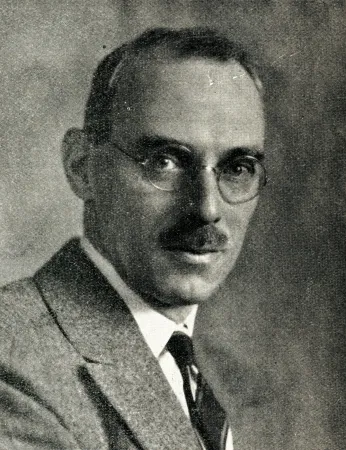


































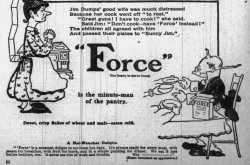
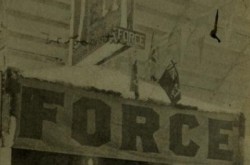
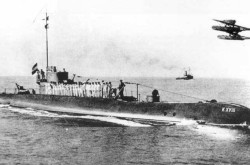
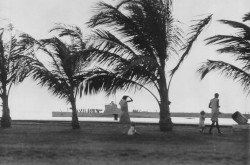
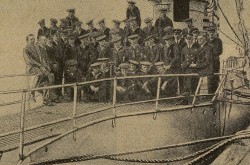
![A block of photographs showing some of the people involved in the bombing of beluga whales in the estuary and gulf of the St. Lawrence River. Anon., “La chasse aux marsouins [sic]. » Le Devoir, 15 August 1929, 6.](/sites/default/files/styles/thumbnail_7/public/2024-09/Le%20Devoir%2015%20aout%201929%20page%206.jpg?h=584f1d27&itok=TppdLItg)
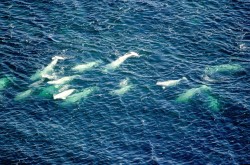
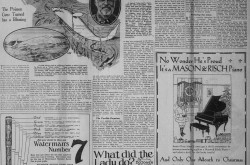
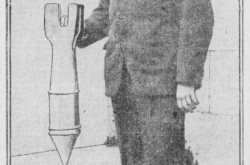
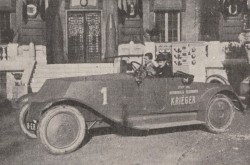
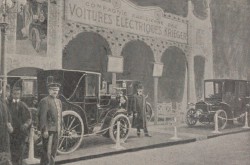
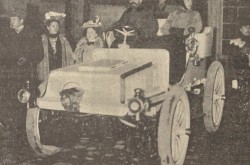
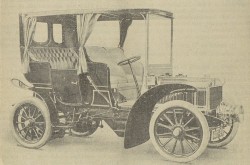

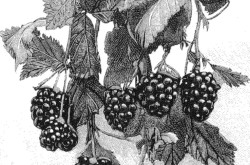
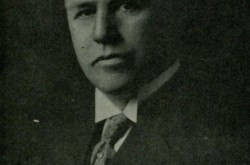
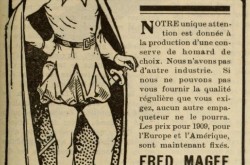
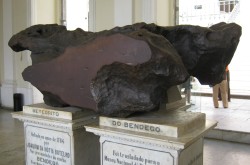
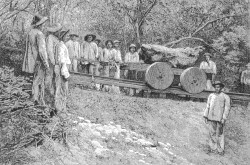
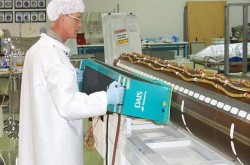
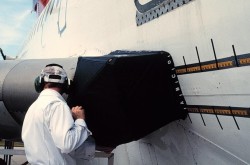
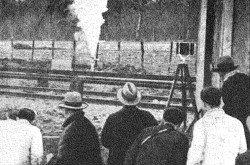
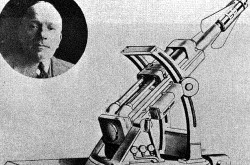
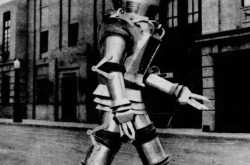

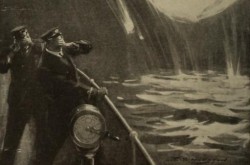
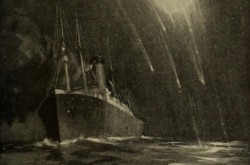
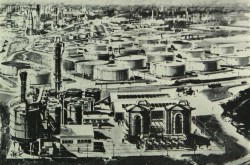
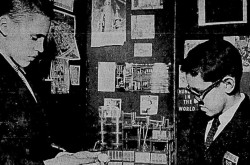
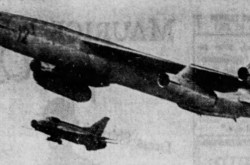
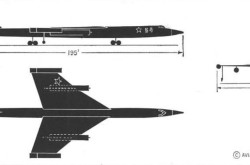
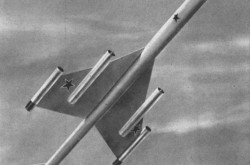
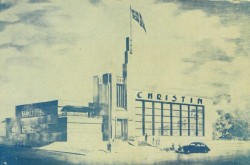
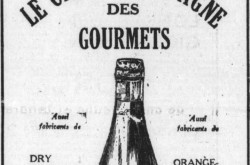
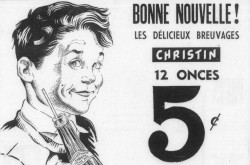
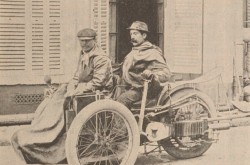
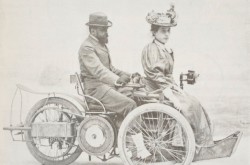
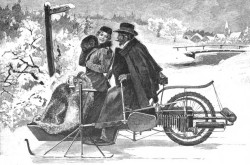
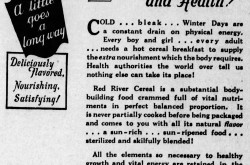
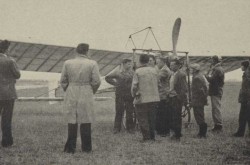
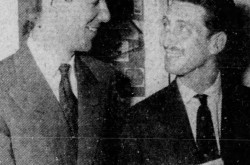
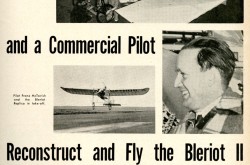
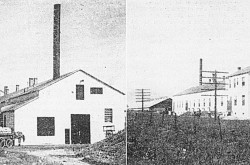
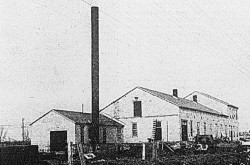
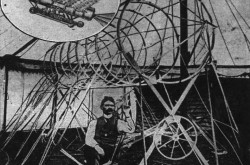
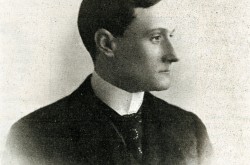
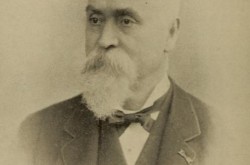
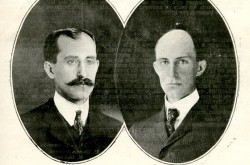
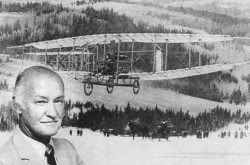
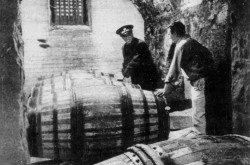
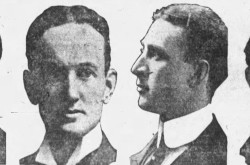
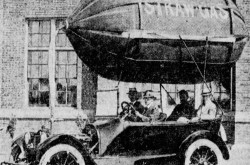
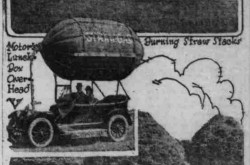
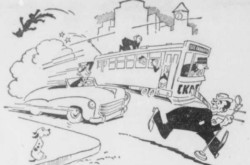
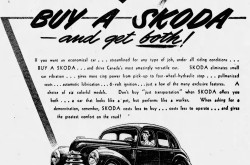
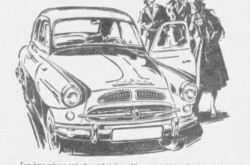
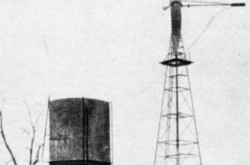
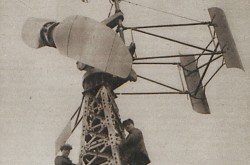
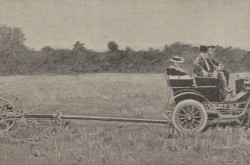
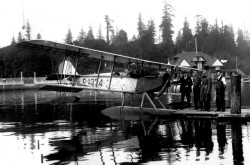
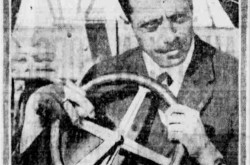
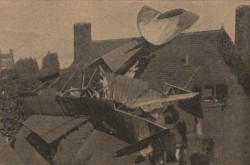
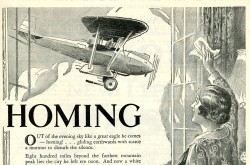
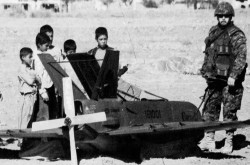
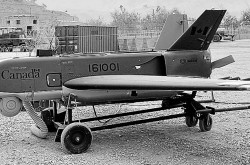
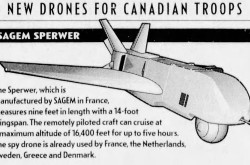
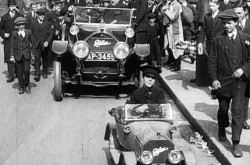

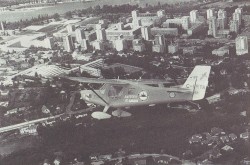
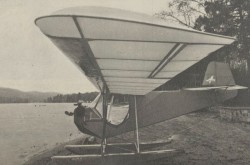
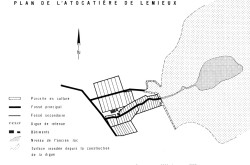
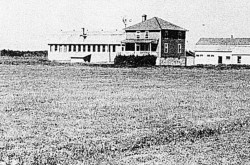
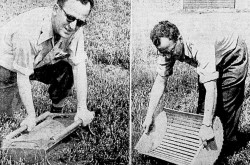

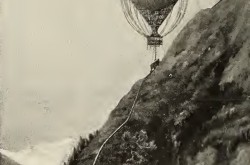
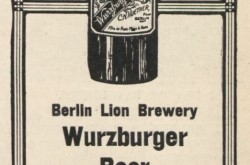
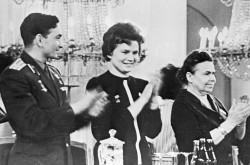
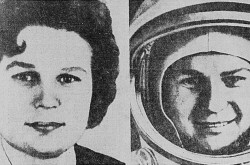
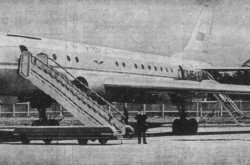
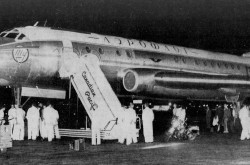
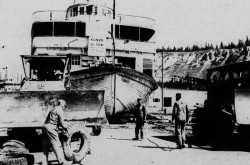
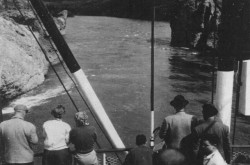
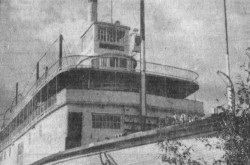
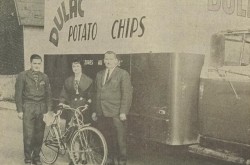
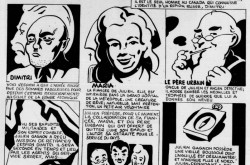
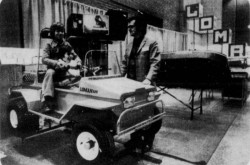
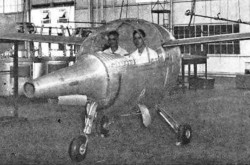
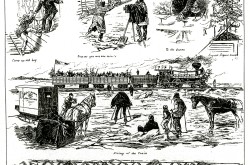
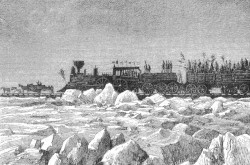
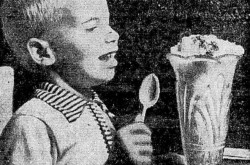
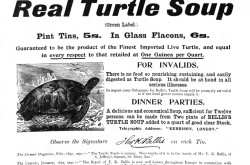
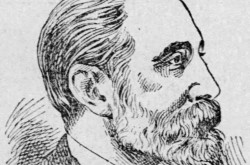
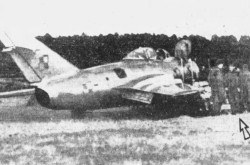
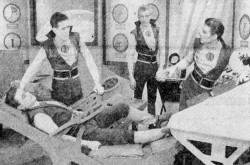
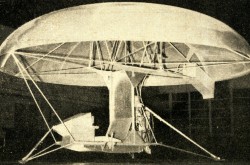
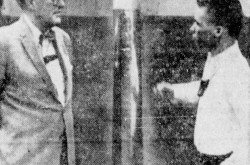
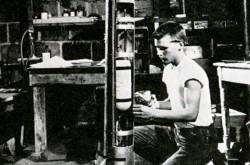
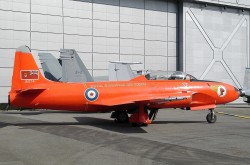
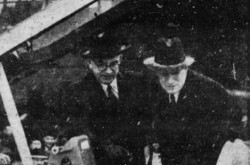
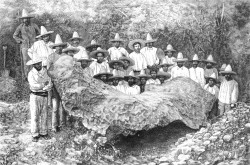
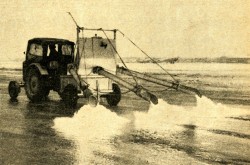
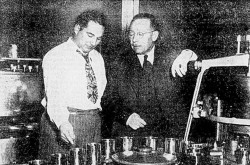
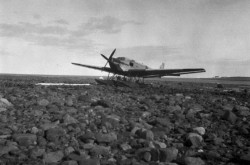
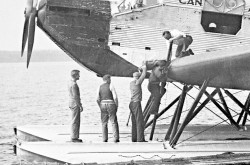
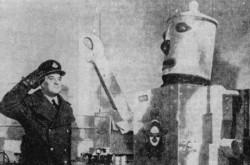
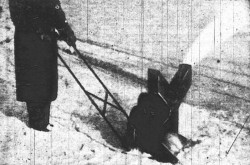
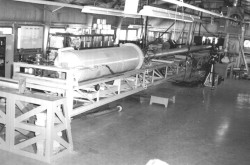

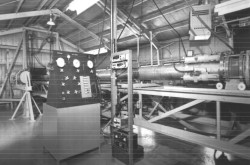
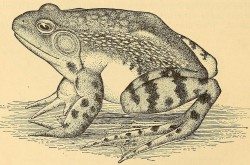
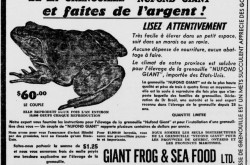
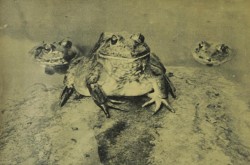
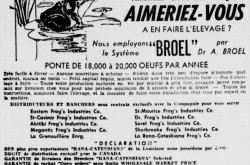
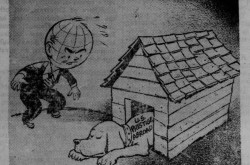
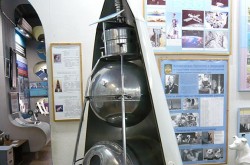
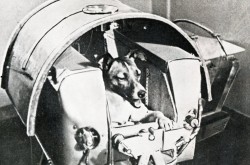
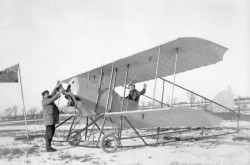
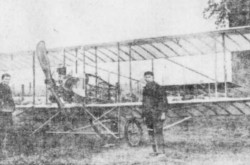
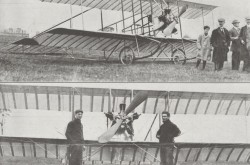
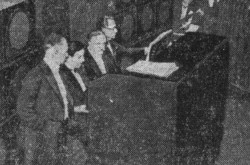

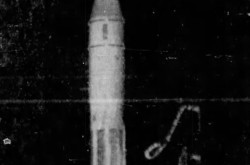
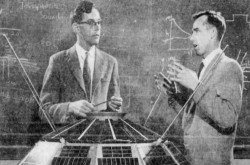
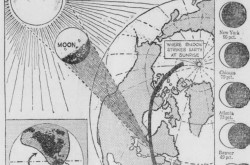
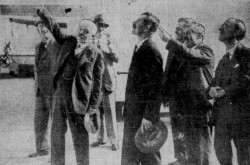
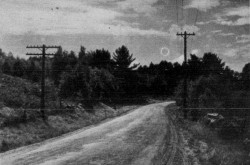

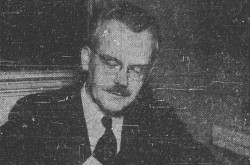
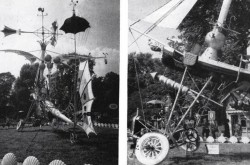

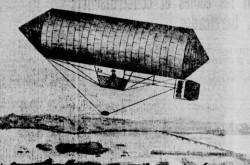
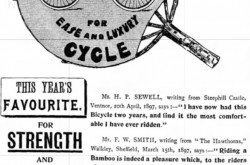
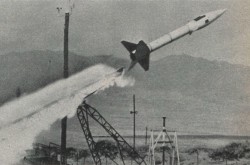
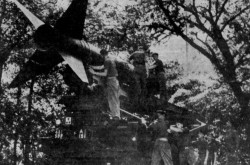
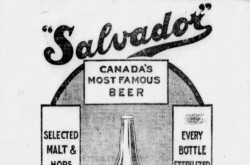
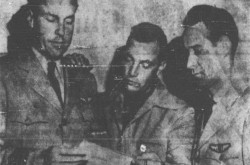
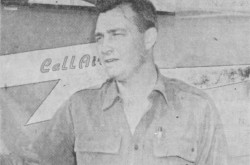
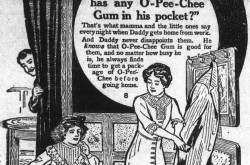
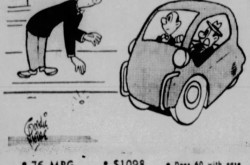
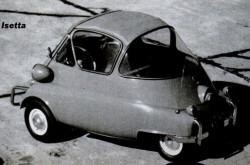
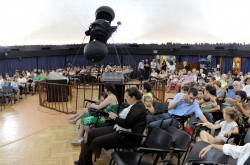
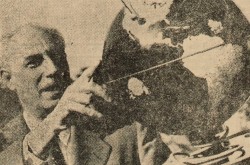
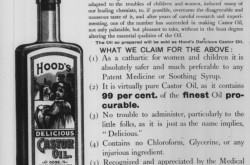
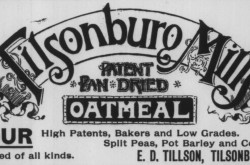
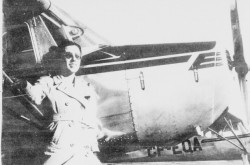
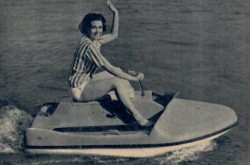

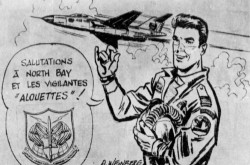
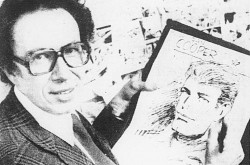
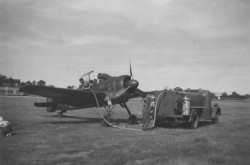
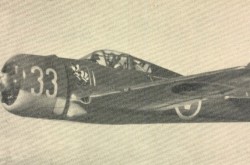
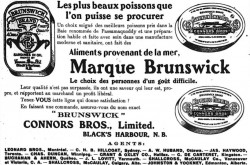
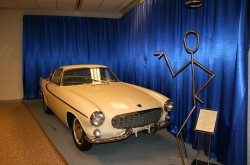
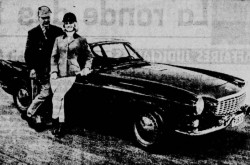
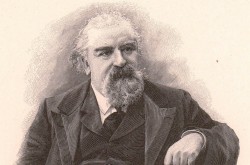
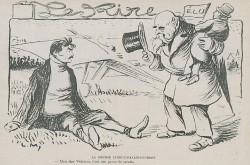
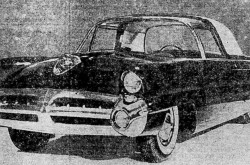
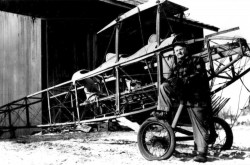

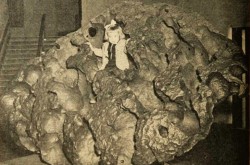
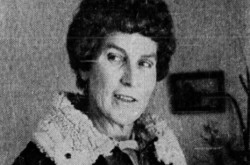
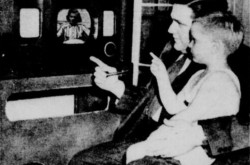
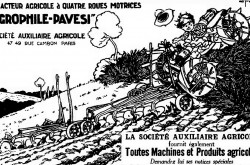
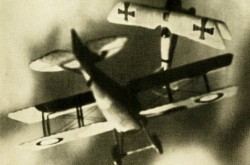
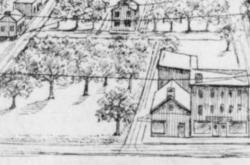
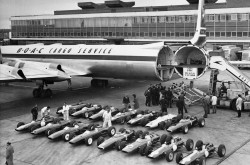
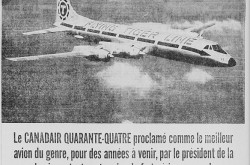
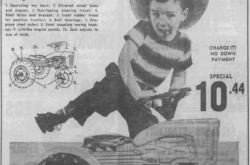
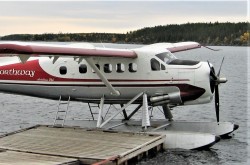
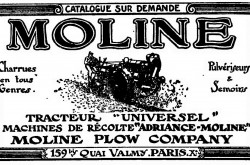
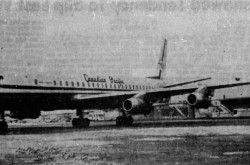
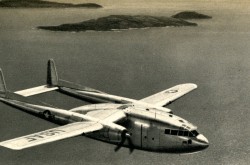
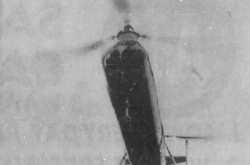
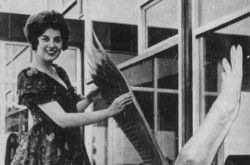
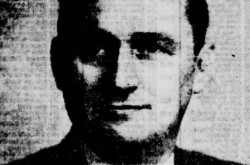
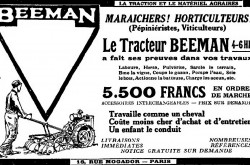
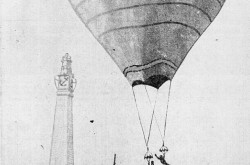
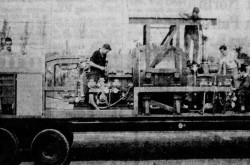
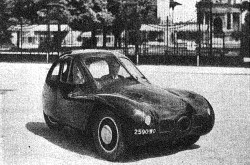
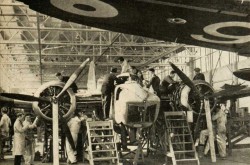
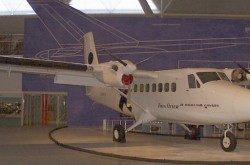
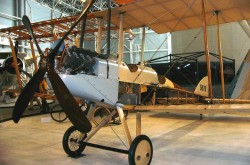
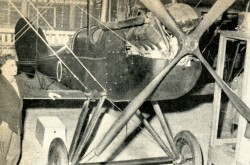
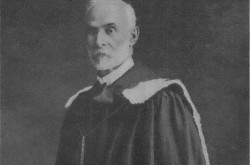
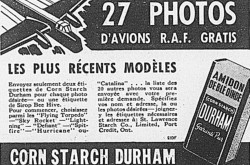
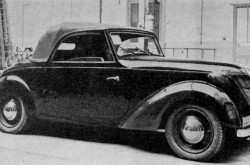
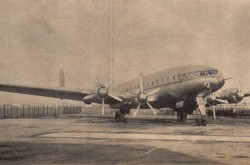
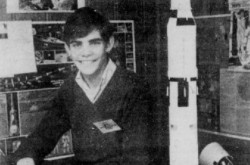

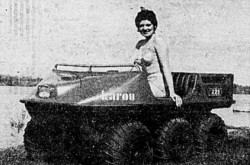

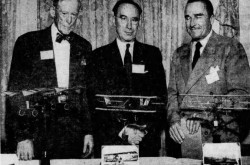

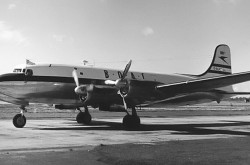
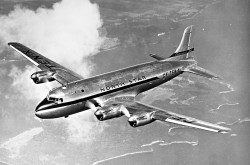
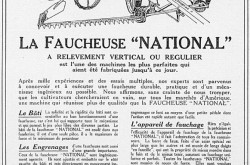
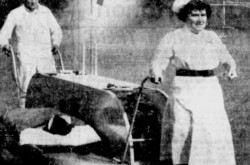
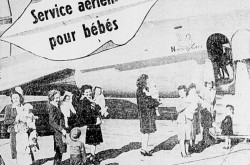
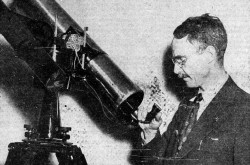
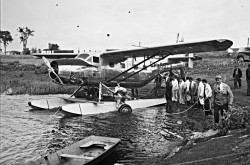
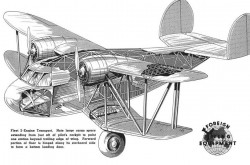
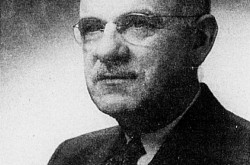
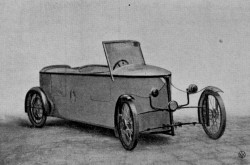
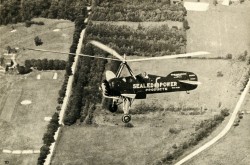
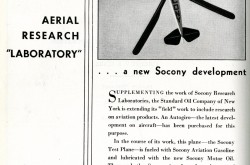
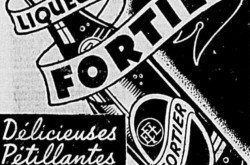
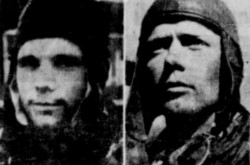

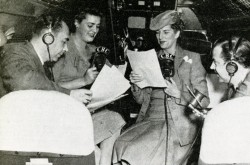
![Peter Müller at the controls [sic] of the Pedroplan, Berlin, Germany, March 1931. Anon., “Cologne contre Marseille – Le mystère du ‘Pédroplan.’ [sic]” Les Ailes, 2 April 1931, 14.](/sites/default/files/styles/thumbnail_7/public/2021-04/Les%20Ailes%202%20avril%201931%20version%20big.jpg?h=eafd0ed4&itok=WnBZ5gMf)
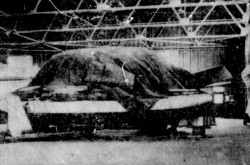
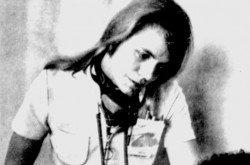
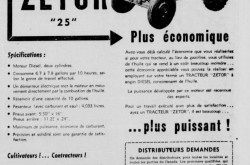
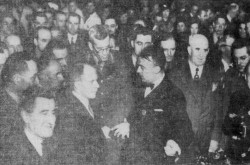
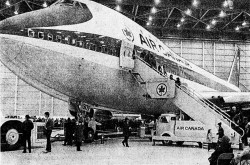
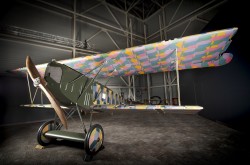
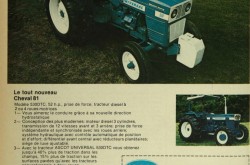
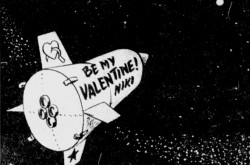
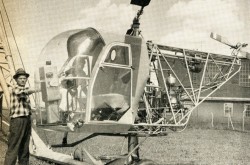
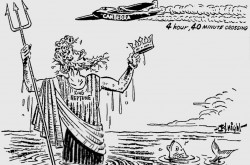
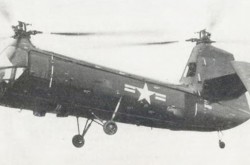
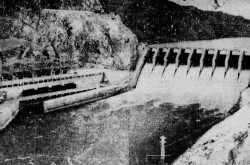
![One of the first de Havilland Canada Chipmunk imported to the United Kingdom. Anon., “De Havilland [Canada] DHC-1 ‘Chipmunk.’” Aviation Magazine, 1 January 1951, cover.](/sites/default/files/styles/thumbnail_7/public/2021-01/Aviation%20magazine%201er%20janvier%201951%20version%202.jpg?h=2f876e0f&itok=DM4JHe5C)
